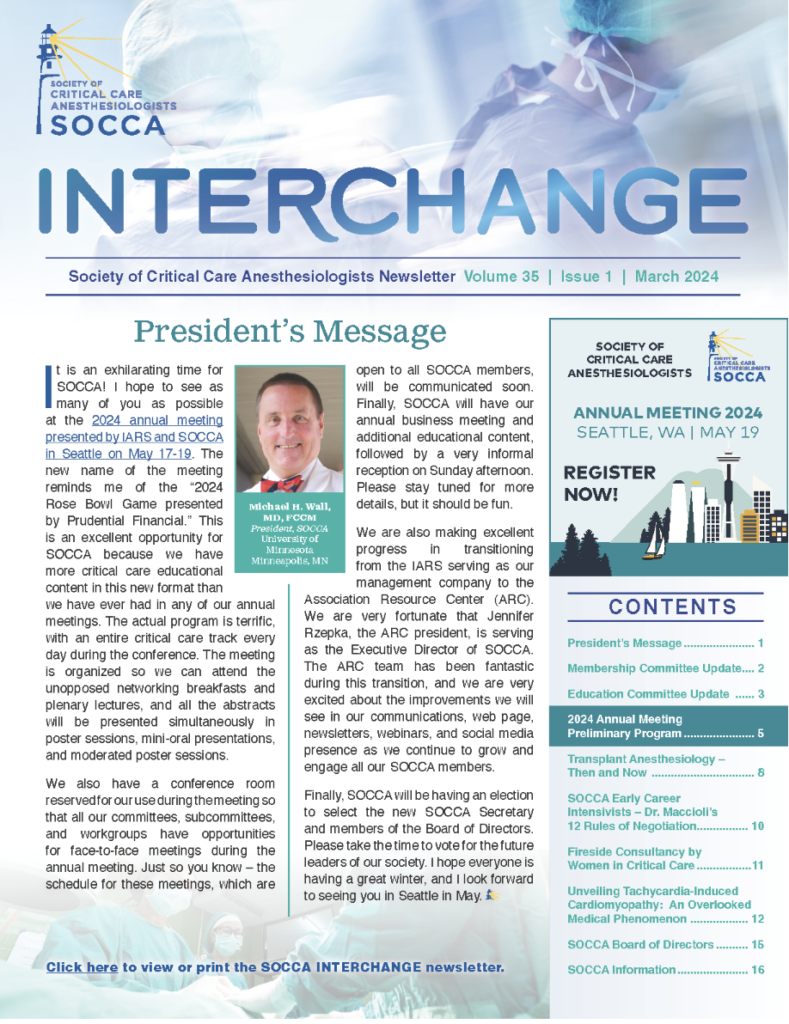Searching for Next Generation Leaders
Searches are often conducted within academic departments to find suitable candidates for leadership succession. This is usually done either when a vacancy emerges, following a retirement or when a new role is created. Internal searches are carried out to offer inclusion to emerging talent and add diversity to the pool of academics already holding administrative roles. Finding a good fit for a leadership role is an inexact science. Leaders know that one of their most important jobs is leadership succession, and they understand the process of identifying potential future successors is neither simple nor straightforward. They realize that leadership is a complex, multifaceted ability, with countless refinements and that the characteristics that can help a person succeed in one situation may lead to failure in another. In medicine we are often so bogged down by learning technical skills that developing cognitive processes takes a back seat. Searching for candidates for a leadership role is a challenging exercise fraught with bias and often laced with misrepresentation. Search committees have preconceived ideas about roles and may be predisposed to choose someone who conforms to an already existing mold, rather than a best fit for the role. Search team members may have unconscious biases and may lack the motivation or training to address these biases. Leaders can have a lopsided view of candidates and their abilities.
“To make matters worse, many organizations do not have the right procedures in place to produce a complete and accurate picture of their top prospects. All too often, assessments are based on hearsay, gossip, casual observation, and insufficient information.”[i]
Candidates who are in positions of authority have extensive experience, buy in from management, extensive research backgrounds and/or considerable seniority. A full range of humanistic soft skills and characteristics, such as emotional intelligence, compassion and personal integrity are best judged in a holistic manner but are often very difficult to determine. Change makers or people who think out of the box are often overlooked in favor those who conform to existing institutional culture and tradition, in other words people who will continue ‘business as usual’ and not those who may produce practical and successful change at the cost of some hardship.[ii] Furthermore, such decisions should be made based on a cohesive view of the candidate drawn from all perspectives held by people who have interacted with the individual in their various roles and interactions. This evaluation process, however, is often inaccurate and incomplete, leaving search committees vulnerable to pitfalls when assessing candidates. Also, stereotypic thinking often produces preconceived notions, for example, judging women of childbearing age or with small children incapable of juggling challenging roles, or deeming softer spoken women as unfit for an assertive position. Many times, women as well as men may harbor these biases about leadership roles, as they may have fixed mental images of what attributes a certain leader must personify.[iii] Search team members rarely have any training or discussion about what they must look for, how they can accomplish this and what their own introspection reveals about their biases. They may project this preference to the final evaluation they produce or even discount evidence to the contrary. At other times pressures of selection may lead to the selection of candidates based on their superficial qualities (such as demographics) and not their innate ones (such as interpersonal relationships).
- Having trained professionals leading or guiding such teams is essential in finding equity in leadership searches, and reduce prejudice;
- Undertaking reflective exercises prior to starting the process to recognize and ‘park’ personal, preconceived and/or unconscious biases about best fit candidates, either by gender or stereotype;
- Understanding the role by visualizing the day-to-day requirements rather than the grandiosity of the position;
- Performing a 360-degree evaluation by speaking to the most vulnerable of persons who have interacted with the candidates in the past, (people are often their real selves when dealing under stress with people who are not considered to have much influence on them);
- Having transparency in the process so that every member has an equal and fair voice;
- Removing the search committee lead from the actual decision making to remove personal bias and have them steer the group appropriately;
- Diversity and inclusion are essential, but it is important to remember that diversity without the capacity for inclusion is a waste of time. Building a culture and infrastructure for inclusion is important and can be done by breaking stereotypes and encouraging change;
- Exceptional leaders are willing to take risks by picking people who are unlike them—and who may even have different leadership styles. They are also willing to take a chance on untested people if they size them up and conclude they have what it takes;
- Balance the search committee team equitably so that underrepresented groups have champions who are fair and mature in decision making;
- Understanding deeply the strengths of the candidates while allowing for their weaknesses requires a growth mindset;
- Adding real life scenarios and vignettes in the interview process in addition to the 360 processes can often garner as close a reaction to actual circumstances as possible. Also, it can negate the effects of the often-scripted responses given by candidates to easily predicted queries;
- Search strategies must explore candidates or potential candidates in previously unexplored sections of the organization to allow equity and representation;
- Most importantly, leadership mentoring and sponsorship must be in the 1,3- and 5-year plans of academic departments with assistance from trained and experienced mentors. This is essential to identify, actualize and provide feedback to potential talent who may bring fresh and new perspectives, rather than simply carry on the comfort of old norms which produce the same results.[iv]
Searching for leaders for the next generation is part of successful leadership planning and a wise strategy. Leaders are not born but are developed and keeping in mind these potential candidates (even when leadership positions are not vacant), can lead to having several people in the leadership pipeline. “A leadership role is a position of designated responsibility within an organization that involves people management.”[v] Investing in interpersonal professional relationship training from an early stage helps bring forth smooth transitions as well as a wider pool of suitable candidates.
References:
[i] The secrets of great CEO selection, Ram Charan, HBR 2016
[ii] Are you picking the right leaders, Sorcher and Brant, HBR 2002
[iii] White D, Krueger P, Meaney C, Antao V, Kim F, Kwong JC. Identifying potential academic leaders: Predictors of willingness to undertake leadership roles in an academic department of family medicine. Can Fam Physician. 2016;62(2):e102-e109.
[iv] Valantine H, Sandborg CI. Changing the culture of academic medicine to eliminate the gender leadership gap: 50/50 by 2020. Acad Med. 2013 Oct;88(10):1411-3. doi: 10.1097/ACM.0b013e3182a34952. PMID: 23969359; PMCID: PMC3785938.
[v] Mayo and Wolley. AMA J Ethics. 2016;18(9):933-940. doi: 10.1001/journalofethics.2016.18.9.stas2-1609.





































